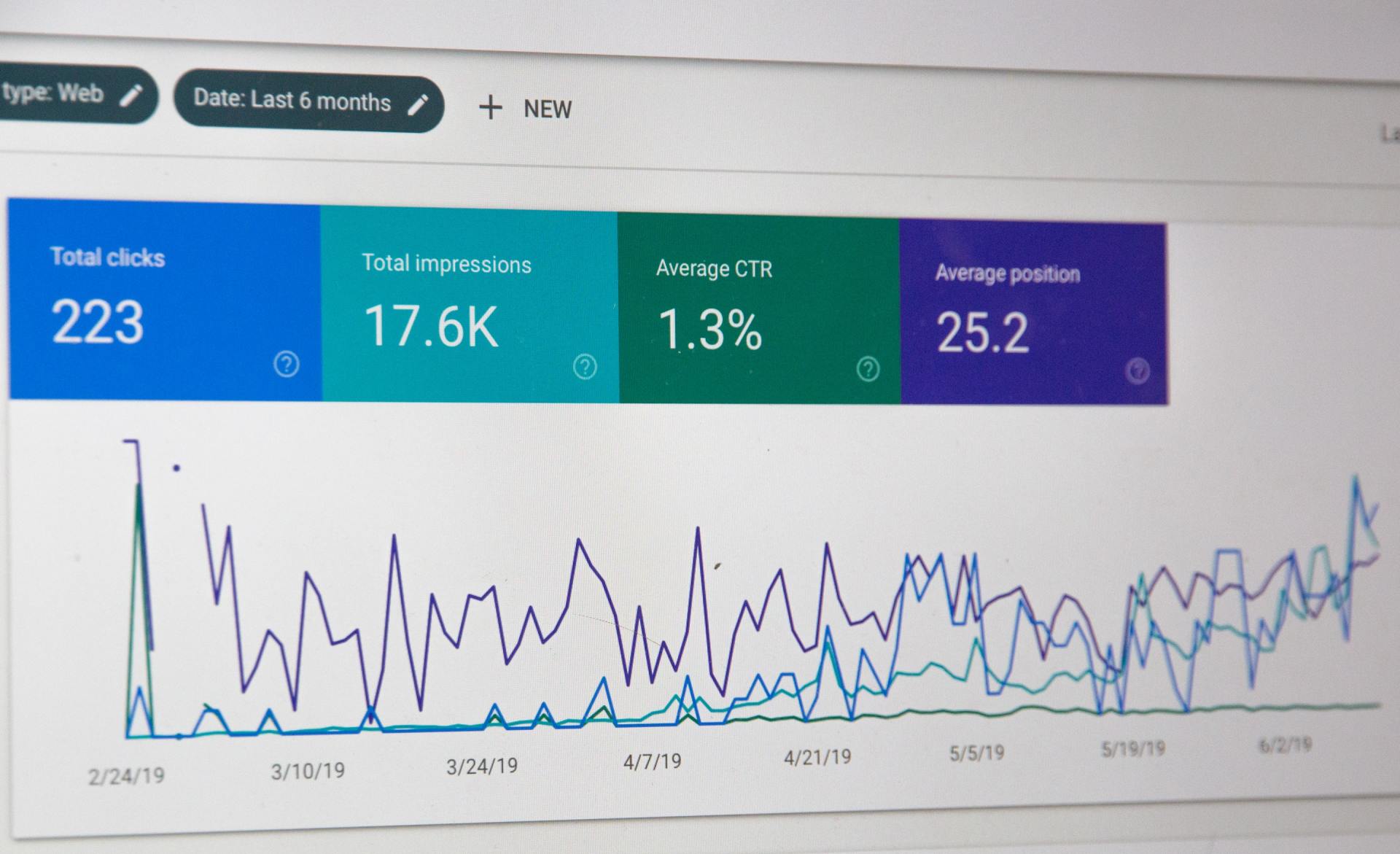
New Import Tariffs Will Rebuild U.S. Industry from the Ground Up
By
Joseph Provence, a news contributor who writes about technology, small business, and e-commerce.
Apr 3, 2025 7:30 PM MST
Treasury Secretary Scott Bessent outlined the details and goals of President Trump’s proposed ten percent tariff on all imports. Speaking in a televised interview, Bessent framed the policy as a strategic tool for economic growth and fiscal reform. He emphasized the plan’s potential to generate revenue, support American workers, and shift the structure of the U.S. economy toward domestic production.
The proposed tariff would apply across the board to all imported goods. According to Bessent, this could raise an estimated three hundred billion dollars in annual revenue, based on current import levels. The funds would be directed toward tax relief measures for working Americans. These measures include eliminating federal taxes on tips, Social Security, and overtime pay. The plan would also allow buyers of American-made vehicles to deduct interest on their auto loans.
Bessent stated that the tariff plan builds on historical uses of trade duties. He cited Alexander Hamilton’s use of tariffs to raise government revenue and protect American industries. President Trump, Bessent said, has added a third purpose—using tariffs as a strategic lever to shift economic policy and promote self-reliance.
Addressing concerns from U.S. allies, including South Korea and Japan, Bessent argued that these nations have long imposed tariffs on American goods. He urged them not to retaliate, warning that an aggressive response could trigger a broader trade conflict. Bessent advised a cautious approach and encouraged international partners to evaluate the policy’s outcomes before taking further steps.
When asked about the possibility of higher consumer prices, Bessent responded that businesses or foreign producers may absorb the cost of tariffs. He pointed to the first Trump administration, during which he claimed consumer prices did not significantly increase despite similar trade measures. He also noted that adjustments in the currency market could offset the impact of tariffs.
Bessent acknowledged that tariff revenue may decline over time as companies shift production back to the United States. He described this as a “shrinking ice cube” model, where initial tariff income is eventually replaced by increased business and wage income from domestic sources. This rebalancing, he said, is central to the long-term economic strategy.
In addition to the tariff policy, Bessent spoke about broader fiscal reforms. He explained that the administration is working to reduce government spending and borrowing. By doing so, he believes the private sector will take a stronger role in job creation and economic activity. He cited recent growth in manufacturing jobs as a sign of progress.
Bessent concluded by addressing concerns about market volatility and long-term economic risk. He acknowledged uncertainty in the short term but said the administration is confident that the policy will strengthen the economy over time. He described the previous economy as unsustainable and expressed optimism about moving toward a more stable and self-supporting financial structure.
The tariff plan remains a key part of the administration’s economic agenda, with further debate expected as lawmakers consider its broader implications.




